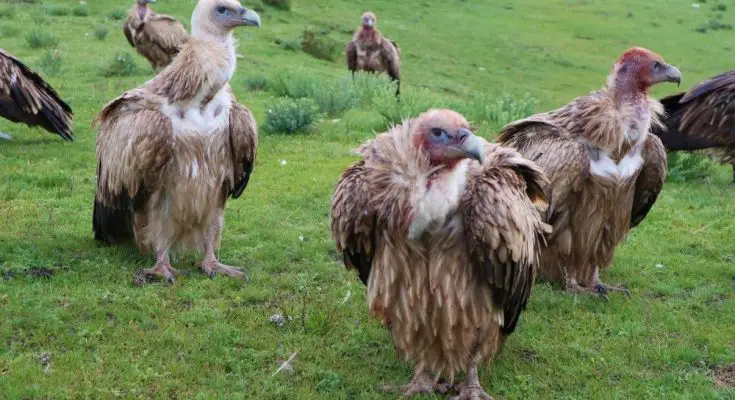Every culture has its unique ways of honoring the deceased. But sky burials are perhaps one of the most unusual and fascinating death customs across the globe. Take a moment to learn about the history of Tibetan sky funeral practices and experience the grim beauty of this deeply spiritual tradition.
What Is a Tibetan Sky Funeral?
Before diving into the history of Tibetan sky funeral practices, we must first understand what these ancient ceremonies entail. Tibetan Buddhists have various distinct burial customs for each of the four tantric elements, and sky funerals are a way of honoring the element of air.
During these fascinating ceremonies, the bodies of the deceased are left outside and presented to vultures to consume. While this may seem gruesome, Tibetans believe that once consciousness leaves the body, it becomes an empty vessel they would have wasted if they had preserved and buried it rather than giving it to animals for nourishment.
Where Did This Custom Come From?
People have practiced this fascinating death custom for hundreds of years, with some of the first recorded accounts dating back to the twelfth century. Many argue that these funeral rites were most likely born out of ecological need rather than spiritual significance. And these claims aren’t unfounded, as much of Tibet is home to a harsh landscape and rocky soil.
This points to the idea that fertile ground was rare, and they didn’t want to use it for burial sites. That said, many historians believe that these unusual burials, while perhaps partially rooted in resource conservation, were also enacted due to the spiritual and emotional gravity they held for devout Tibetan Buddhists.
What Are the Spiritual Components?
Because sky funerals are such ancient and well-guarded practices, much of what we know about them are pieced together from rough translations of ancient text and first-hand accounts. So there are several differing interpretations for the spiritual aspects of the practice.
But typically, these funerals operate on the Buddhist belief that we all live many lives. Therefore, when a person dies, their consciousness, or Nam She, leaves the body to continue through the cycle of life and death until they achieve enlightenment.
However, it’s worth noting that Buddhists believe the spirit of the deceased remains attached to the body for three to four days after they pass. So they often cover the body with a white blanket, except for the head, and leave it untouched so that the spirit has enough time to leave the body.
What Are the Ceremonial Details?
For the actual ceremony, any loved ones who wish to participate in the burial rites must first be purified with water blessed by a lama. This ensures no evil spirits will contaminate the deceased’s body during burial.
Once the body arrives at the burial grounds, monks burn incense and chant sacred mantras around the deceased. Next, in some instances, the body will be carefully disassembled, broken down into a tsampa (food paste), and then presented to vultures.
In other cases, they leave the body whole for the vultures to pick at over time. Once finished, people will take the bones of the deceased and grind them into another paste and present them to other birds, such as hawks and crows. This is because Tibetans believe one portion of the body going to waste is a bad omen.



